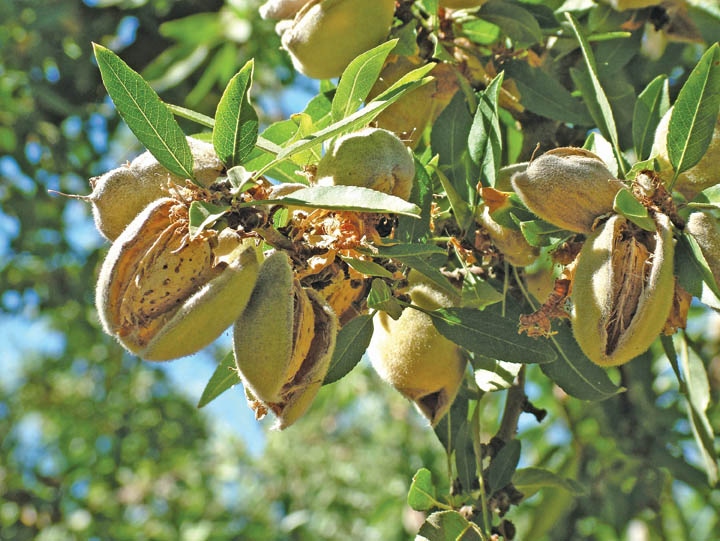April 3, 2013

New research funded by the Almond Board of California Environmental Committee is looking at net energy use and greenhouse gas emissions during the life cycle of almonds from nursery to hulling and shelling.
This life-cycle assessment gives us a better understanding of the energy used and greenhouse gas emissions footprint generated to propagate, grow, harvest and hull/shell almonds. The information is being formed into a bank of knowledge about energy as a farming input, and how it fits into the overall system of sustainable almond production, says the Almond Board’s Gabriele Ludwig. Information on greenhouse gas emissions could also be useful down the road as discussions about agricultural offsets or potential regulations related to greenhouses gases intensify.
Life-cycle assessments (LCAs) account for all the inputs (materials and energy) and outputs (emissions and products) from a particular system. The current almond LCA integrates data on energy and emission throughout the entire supply chain. For example, all the inputs to the system, such as chemicals and fertilizers, raw material extraction, manufacturing, transportation and application, are assessed in terms of energy use and emission. So energy related to irrigation not only looks at the diesel for pumping wells but also the energy to move water through California’s water supply system, to produce the irrigation tubing, etc.
The model also accounts for variations in field operations, material and fuel use, biomass accumulation and almond yield on a year-to-year basis.
One of the most surprising findings from the research, led by Alissa Kendall with the Department of Civil and Environmental Engineering at UC Davis, is how much of the fossil fuel energy within the life-cycle assessment goes not toward tractors or processing, but toward getting water and fertilizer to the crop. Water and nitrogen by far contribute the largest footprint for energy and greenhouse gas emissions.
Ludwig says the Environmental Committee was fascinated to learn how much of the emissions and energy inputs can be potentially offset using tree biomass for alternative energy production. Given the potential for biomass from almond prunings and waste to generate electricity and increase soil carbon under some conditions, almond production in California could potentially become carbon neutral or carbon negative, Kendall reported. In other words, under particular conditions, there is potential that energy inputs and greenhouse gas outputs could be offset if much of the almond biomass produced over the years from prunings and tree removal were sent to cogeneration plants or other biofuel facilities.
According to Ludwig, this research is increasingly important amid growing global demand for limited energy resources and pressure to account for greenhouse gas footprints.
“Energy, as fossil fuel, is a major input and a limited resource, and is at the root of every other input in producing almonds,” she says. “As costs related to fossil fuel energy continue to go up, it is important to understand where energy is going throughout the almond life cycle, whether adjustments can be made, and where almonds can contribute positively to the system.”
About the Author(s)
You May Also Like




